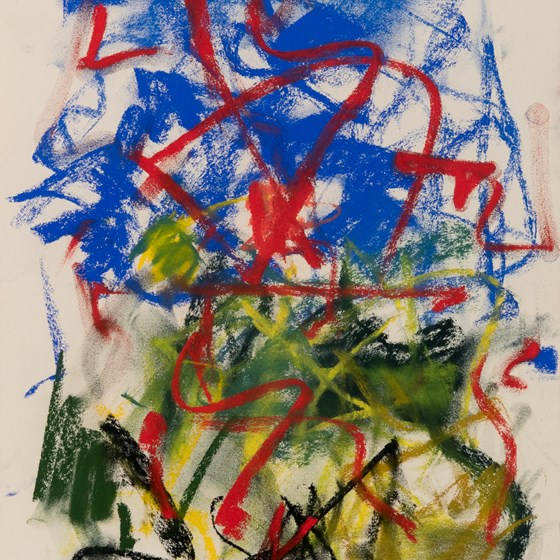DESCRIPTION
Founded in 1979, Hollis Taggart presents significant works of American art, showcasing the trajectory of American art movements from the Hudson River School to American Modernism and the Post-War and Contemporary eras. Its program is characterized by a deep commitment to scholarship and bringing to the fore the work of under-recognized artists. The gallery has sponsored several catalogue raisonné projects, most recently for the American Surrealist artist Kay Sage, and has been instrumental in advancing knowledge of such artists as Alfred Maurer, Arthur B. Carles, and more recently, Theodoros Stamos, Marjorie Strider, and Michael (Corinne) West. In the summer of 2019, the gallery announced the formal expansion of its primary market business and focus on the presentation of contemporary work. It continues to expand its roster of contemporary artists, focusing on emerging and mid-career talents. With more than 40 years of experience, Hollis Taggart is widely recognized by collectors and curators for its leadership, expertise, and openness, on matters of art history, market trends and opportunities.




 212-628-4000
212-628-4000
 info@hollistaggart.com
info@hollistaggart.com https://www.hollistaggart.com/
https://www.hollistaggart.com/